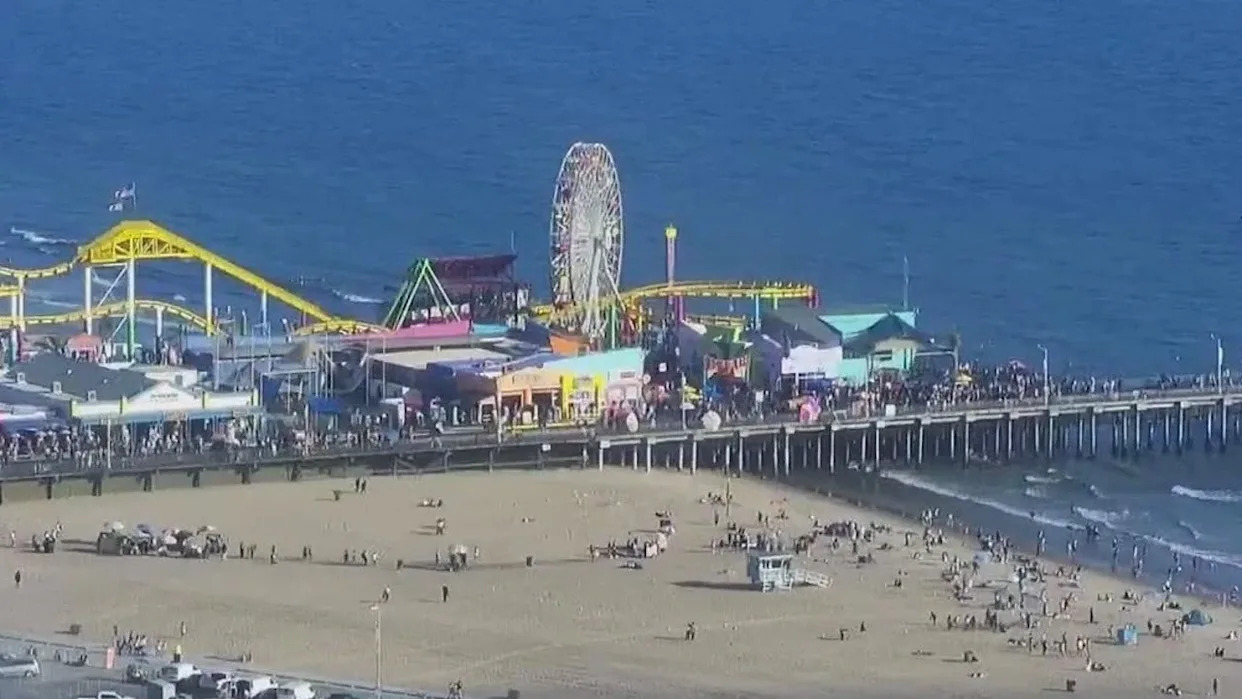
The Brief
An 8.8 magnitude earthquake struck off the coast of Russia.
Several tsunami alerts were issued for California, Hawaii, and Alaska.
A massive 8.8 magnitude earthquake struck near Russia, triggering a tsunami advisory for California as well as warnings for Hawaii and Alaska.
What we know
The earthquake struck the southeast area of Petropavlovsk-Kamchatsky, Russia at around 4:25 p.m. PST.
It was originally recorded as an 8.0 magnitude, then upgraded to 8.7, then 8.8, according to the USGS.
Over a dozen aftershocks occurred, including a 6.9 in the same Petropavlovsk-Kamchatsky area, a 6.3 in Vilyuchinsk, Russia, and a 5.6 in Severo-Kuril’sk, Russia.
Tsunami advisory in California
The entire U.S. West Coast and British Columbia are under a Tsunami Advisory.
Originally, a tsunami watch was issued for the entire coast of California, but that was then upgraded to an advisory, according to the National Tsunami Warning Center.
The tsunami advisory is in effect for coastal regions in California, including Los Angeles, Ventura, Santa Barbara, and San Luis Obispo counties.
The advisory means "dangerous currents and waves are possible", according to the National Weather Service. People are advised to stay away from beaches and waterways.
The center issued a list of potential start times for tsunami activity -- if it occurs at all -- across the state, including roughly 1:05 a.m. Wednesday for Los Angeles Harbor, 1:10 a.m. for Newport Beach and 1:15 a.m. for Oceanside.
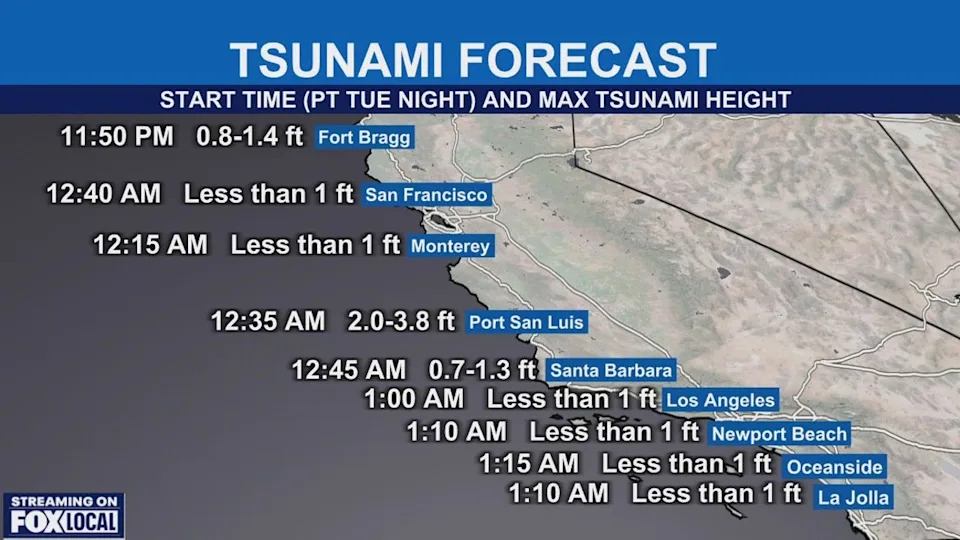
>>The latest alerts can be found here <<
"Watch areas may be upgraded to a warning or advisory status, or canceled, based on new information," according to a statement from the center.
The Governor's Office of Emergency Services stated that it is "monitoring any potential impacts to the state" from the quake and tsunami watch.
What is the difference between tsunami warning and advisory?
According to the National Weather Service, here is what each alert means when it comes to a possible tsunami:
Tsunami Warning: Dangerous coastal flooding and powerful currents are possible
Tsunami Advisory: Strong currents and waves dangerous to those in or very near water possible
Tsunami Watch: Distant tsunami is possible
Tsunami Information Statement: No threat or very distant event. Threat is also not being declared.
Waves along California coast
The Pacific Tsunami Warning Center estimates California's Crescent City may see the largest tsunami waves, measuring as high as 3 to 5.7 feet. Point San Luis could see waves from 1.7 to 3.2 feet, while waves of up to about 1.5 feet are possible around Santa Barbara. The rest of the California coast is expecting minimal waves of less than a foot, the PTWC said.
Threats in Hawaii and Alaska
A tsunami watch that was issued for the entire state of Hawaii at 1:33 pm HST was eventually upgraded to a warning.
"Based on all available data a tsunami may have been generated by this earthquake that could be destructive on coastal areas even far from the epicenter. An investigation is underway to determine if there is a tsunami threat to Hawaii. If tsunami waves impact Hawaii, the estimated earliest arrival of the first tsunami wave is 0717 p.m. HST Tue 29, July 2025," an alert from Maui County read.
People in Hawaii were told to move to higher grounds as tsunami sirens started sounding. According to the Pacific Tsunami Warning Center, waves of 3 to 9 feet are possible along some coasts of Hawaii, Japan, and Guam.
Meanwhile in Alaska, a warning was issued for the Aleutian Islands and an advisory for the Samalga Pass was upgraded to a warning. Waves are expected to reach Shemya at 4:46 p.m. Alaska Daylight time, and 5:46 p.m. AKDT in Adak.
An advisory is also in effect for Guam.
Dig deeper
A watch is issued as advance notice to areas that could potentially be impacted by a tsunami "at a later time."
Tsunamis often arrive as a series of waves or surges which could be dangerous for many hours after the first wave arrival. The first tsunami wave or surge may not be the highest in the series.
The Source
Information for this story came from the U.S. Geological Survey (USGS), National Weather Service, Tsunami Warning Center, Maui County, and FOX Weather.
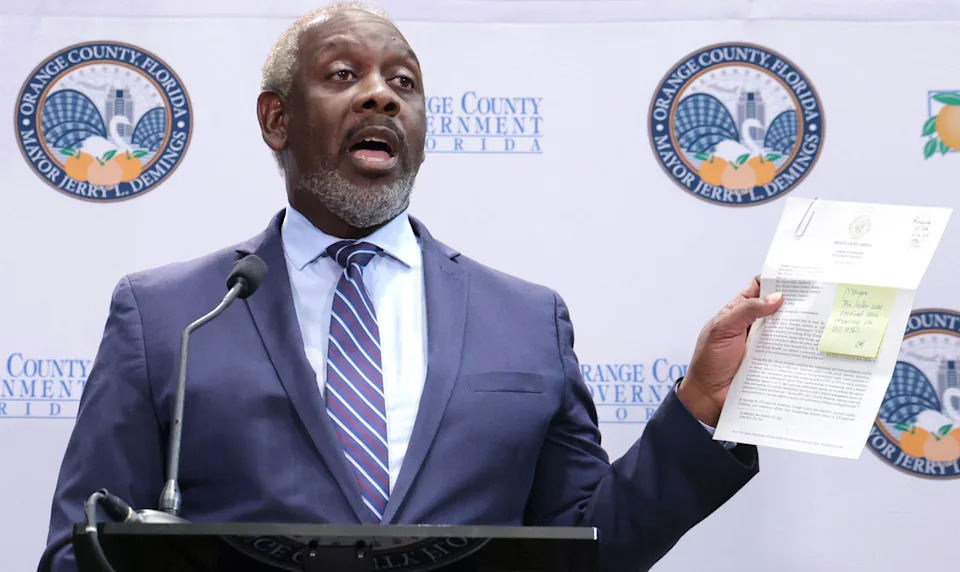

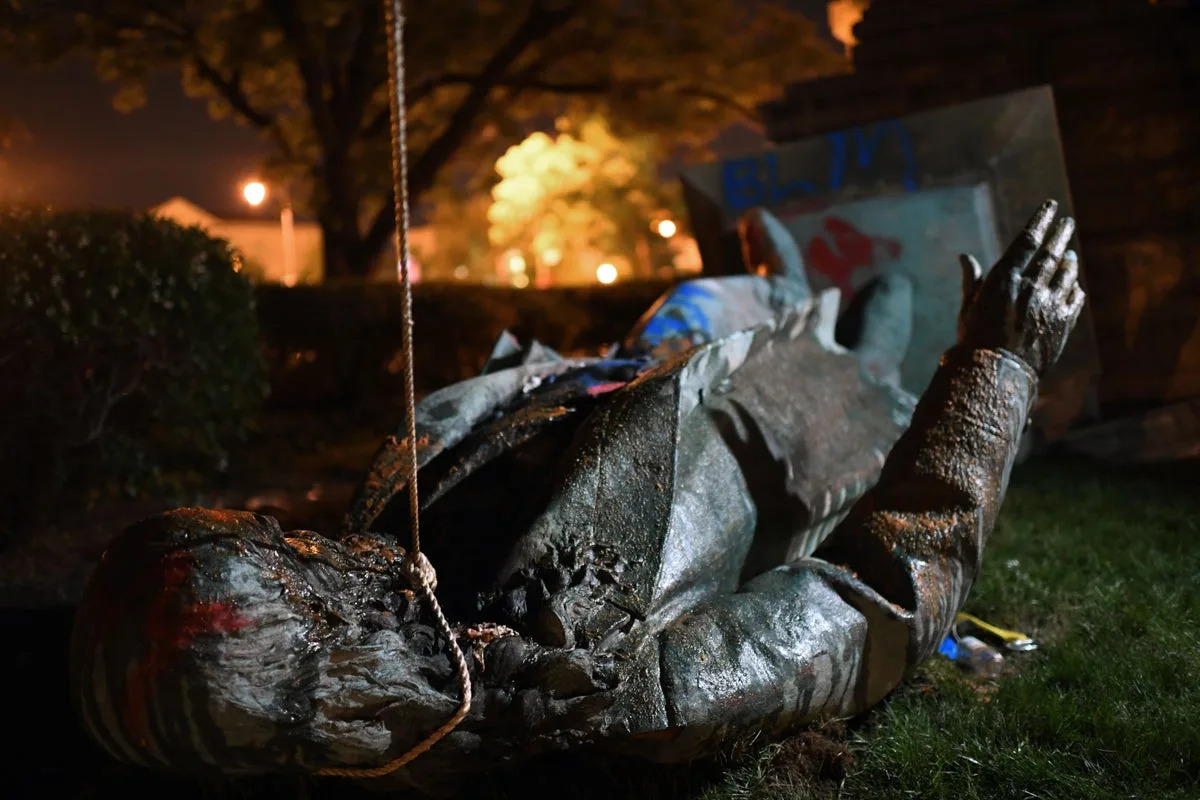
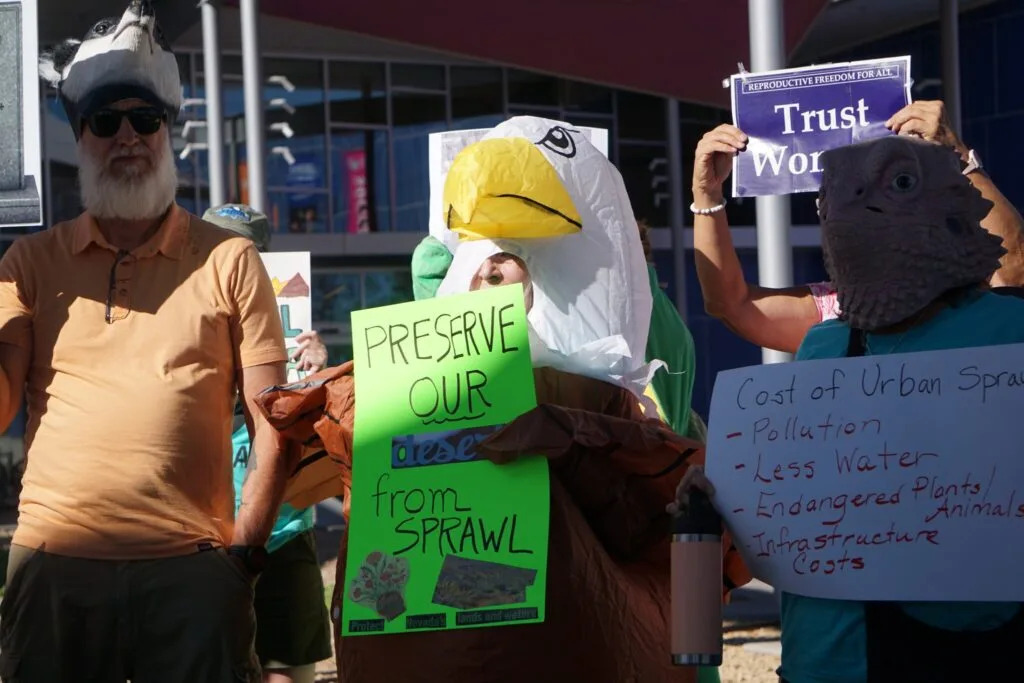


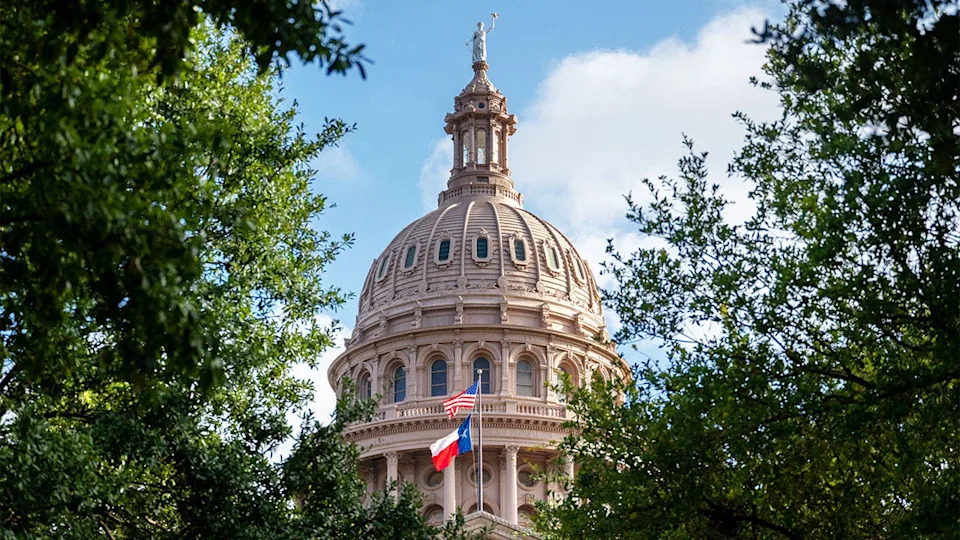

Comments